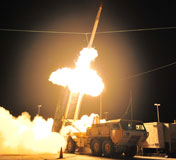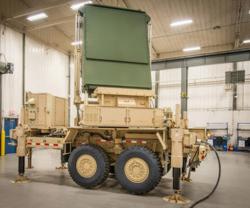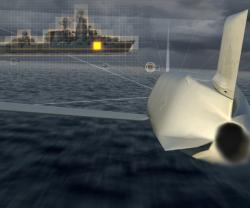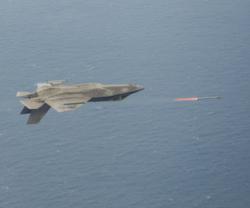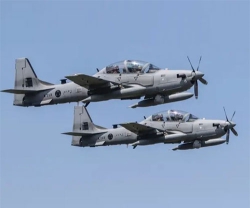The flight test, known as FTT-12, was designated an Initial Operational Test and Evaluation test by the Director, Operational Test and Evaluation, Office of the Secretary of Defense. The Director, Operational Test and Evaluation and the Army Test and Evaluation Command will also independently evaluate the operational effectiveness of the system.
The test was conducted at the Pacific Missile Range Facility (PMRF) on Kauai, Hawaii.
During the mission, the first THAAD missile intercepted an air-launched short-range ballistic missile target. The second THAAD missile intercepted a sea-launched short-range ballistic missile target a short time later. Since 2005, the program has completed 12 flight tests, with nine-for-nine intercepts.
“Today’s outcome is a credit to the soldiers who executed this mission from start to finish,” said Tom McGrath, THAAD Vice President and Program Manager at Lockheed Martin. “It was, by far, THAAD’s most challenging flight test to date and demonstrates the system’s advanced capabilities.”
Soldiers from Alpha Battery, 4th Air Defense Artillery Regiment, 11th Air Defense Artillery Brigade, the first THAAD battery activated in 2008, transported the weapon system from Fort Bliss, Texas, in mid-August. Soldiers emplaced the system at PMRF and operated the system under the control of the 94th Army Air and Missile Defense Command during the flight test. In order to make this a realistic tactical environment, the soldiers did not know what day or time the mission would occur.
THAAD is the only missile defense system with the operational flexibility to intercept in both the endo- and exo-atmospheres to provide versatile capability to the warfighter.
A key element of the US Ballistic Missile Defense System (BMDS), THAAD is a Missile Defense Agency program, with the program office located in Huntsville, Alabama. The agency is developing the BMDS to defend the United States, its deployed forces and allies against ballistic missiles at all ranges and in all phases of flight.

